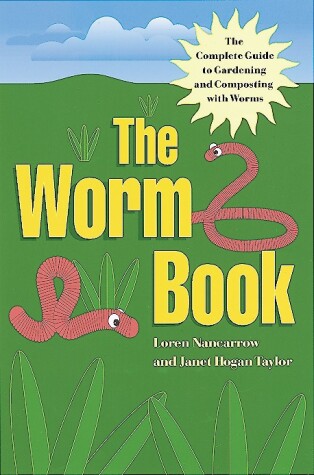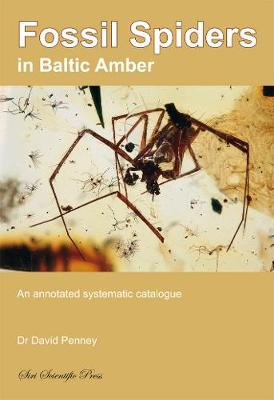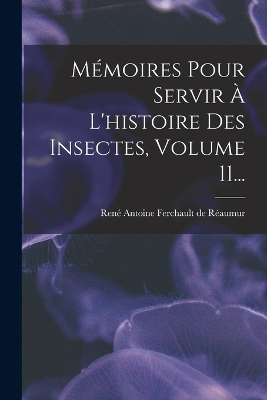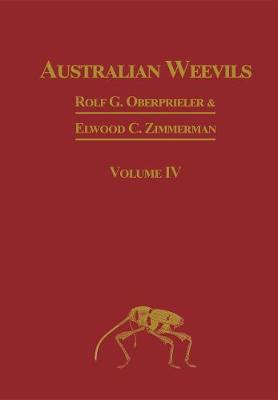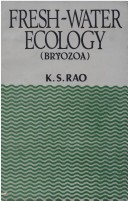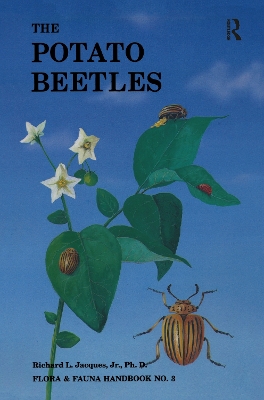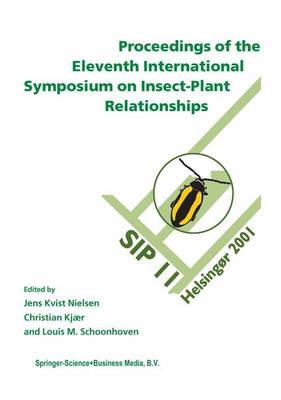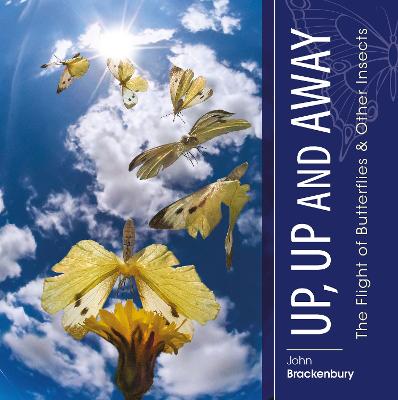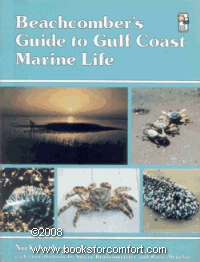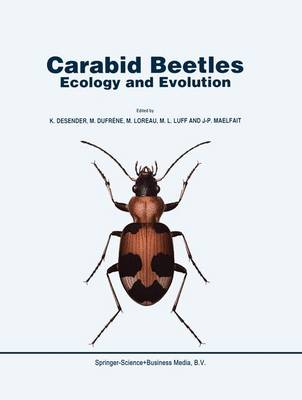Worms are the latest (as well as, of course, perhaps the oldest!) trend in earth-friendly gardening, and in this handy guide, the authors of DEAD SNAILS LEAVE NO TRAILS demystify the world of worm wrangling, with everything you need to know to build your own worm bin, make your garden worm-friendly, pamper your soil, and much much more.
Relationships of Chrysemyd Turtles of North America Volume 21 (Special Publications, #21)
by Joseph P. Ward
Australian Weevils (Coleoptera: Curculionoidea) IV
by Rolf Oberprieler and Elwood Zimmerman
A Key to the Crabs and Crab-like Animals of British Inshore Waters (Journal Offprints S., No 155)
by J.H. Crothers and Marilyn Crothers
Marine and Brackish Water Harpacticoid Copepods (Synopses of the British Fauna S., No 51)
by R. Huys, etc., and Et Al
Studies of Barnacles, Limpets and Topshells in Milford Haven
by A.E. Little and etc.
Ecology and Evolution of the Acari (Series Entomologica, #55)
Acarology is on the move! For a long time the development of Acarology as a field of biological science has been dominated by systematists and applied scientists. In the last 15 years, however, Acari have been increasingly recognized as highly suitable for the testing of theories in ecological and evolutionary sciences. The growing interest from evolutionary and molecular biologists and from population and community ecologists in mites and ticks has a strong impetus on the field of Acarol...
Based on over 2,500 specimens representing all the species of Leptinotarsa in Canada, the United States, and Mexico, this book includes studies on 31 of the 41 known species of the world. Included are host records, when available, and distribution data. The most complete information is available for nine species found in the United States.
Proceedings of the 11th International Symposium on Insect-Plant Relationships (Series Entomologica, #57)
The 11th International Symposium on Insect-Plant Relationships (SIP11), held on August 4-10, 2001, in Helsingør, Denmark, followed the tradition of previous SIP meetings and covered topics of different levels from chemistry, physiology, and ethology to ecology, genetics, and evolution of insect-plant relationships. The present volume includes a representative selection of fully refereed papers as well as a complete list of all the contributions which were presented at the meeting. Reviews of sel...
Through the use of novel photographic techniques the author gives us an ‘insect-eye view’ of the world of flying insects. By presenting them in the wider landscape they inhabit, rather than at the end of a close-up lens, the author reinforces the view that even relatively ‘simple’ animals like insects share the same world as human beings. This theme chimes with current thinking about conservation and the importance of diversity in the natural environment. Mastery of the air is the supreme achie...
Lobsters, Mud Shrimps and Anomuran Crabs (Synopses of the British Fauna, New)
by Ray W. Ingle and Marit E. Christiansen
Atlas of Butterflies in Berkshire, Buckinghamshire and Oxfordshire
by Jim Asher, Nick Bowles, Jan Haseler, Grahame Hawker, Peter Ogden, David Roy, Richard Soulsby, and Mike Wilkins
Beachcomber's Guide to Gulf Coast Marine Life (Beachcomber's Guide S.)
by Nick Fotheringham
Freshwater Bivalves of Britain and Ireland
by Ian Kileen, David Aldridge, and Graham Oliver
Carabid Beetles: Ecology and Evolution (Series Entomologica, #51)
The Carabidae (including ground and tiger presented at the 8th European Carabidologists' beetles) form one of the largest families of in- Meeting - 2nd International Symposium of Cara- sects, with no less than an estimated 40,000 de- bidology, which took place at the Catholic Uni- scribed species, occurring in nearly any terrestrial versity of Louvain (U. c. L. ) in Louvain-Ia-Neuve and at the Royal Belgian Institute of Natural Sci- habitat on all continents (except Antarctica) as well as on mos...
Copepoda: Developments in Ecology, Biology and Systematics (Developments in Hydrobiology, #156)
Schnack-Schiel et al., 1991; Drits et al., 1993, 1994; Graeve et al., 1994; Pasternak et al., 1994; Atkinson, 1995; Albers et al., 1996; Hagen & Schnack-Schiel, The study of copepod life cycles is essential to the 1996). Pasternak & Schnack-Schiel (this volume) understanding of their role and function in aquatic discuss the diet and feeding of dominant Antarctic ecosystems. Due to the high latitudes, Polar Ocean copepods. ecosystems are governed by a distinct seasonality in The aim of this study...
